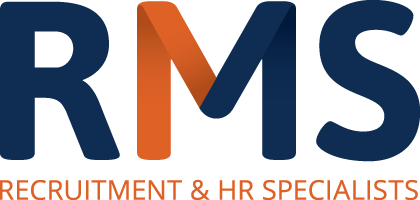Guest Blog from David Willett, Corporate Director at The Open University
Hiring new people can be a tricky business. Recruiters are looking for people with the right skills who will fit into the rest of the team – but the search for the perfect cultural fit could be affecting diversity, and it all comes down to unconscious bias.
Three in 10 senior managers have admitted that, when it comes to recruitment, they hire people just like them, which considering their social makeup – AB socio-economic groups, university educated – is a cause for concern. They want to hire people who integrate with the rest of the team, with similar social values, interests and leisure pursuits, but this usually means new hires will have had a similar upbringing, a university education and excellent opportunities. That’s what makes them a good fit, but it has devastating effects on diversity, which in turn can affect innovation and productivity.
Hiring a team with a range of different life experiences and backgrounds comes with a breadth of thinking required to drive creativity, innovation and retain a diverse client base, which is essential if we’re to compete on a global stage following Brexit. So how can organisations mitigate unconscious bias in the workplace?
1. Be self-aware
Identify your ‘in-groups’ (social groups to which you feel you belong and naturally gravitate towards). When it comes to making personnel decisions question your judgement – are they based on merit or personal preference?
2. De-personalise the applications
Change your selection process so that recruiters cannot see applicants’ names, ages and universities. This ensures interviewees are selected based on merit and means they are more likely to come from diverse backgrounds.
3. Remove degree entry requirements
Setting a degree as a minimum entry requirement automatically shuts out many workers from less privileged backgrounds who could have spent time learning skills in a previous role or be eager and motivated to learn once in the role.
4. Choose a diverse interview panel
Making your interview panel as diverse as possible, in terms of social, educational and employment background, reduces the risk of selecting a candidate based on natural chemistry and commonality.
5. Test applicants
If you’re worried about bias during the ‘Q&A’ phase of the interview, try testing employees with tasks they will face in the role. Then compare applicants directly against the other, reducing the impact of ‘likeability’.
6. Establish hiring criteria
Setting out clear criteria to assess candidates against prior to a round of interviews means that unconscious bias is less likely to play a role in the hiring process.
7. Know your business
Find out where your organisation might be falling short on diversity. Use metrics to reveal trends in hiring, retention, training and pay, or you could even speak to your current employees about their observations.
8. Set diversity targets
Diversity goals can raise the issue up the agenda, but they can also result in backlash from employees who find them unfair, or believe they devalue their role. To guard against this, highlight the business case for increasing diversity: growth, innovation and ultimately success.
9. Train the leadership team
A top-down approach is crucial for ensuring that organisations boost their diversity and equality – those who decide on training opportunities and set out workplace culture need to be leading by example, and may need additional training themselves.
10. Consider where and how you’re advertising for a role
Think about the wording you use in job descriptions and advertising carefully, as some words can put certain groups off. Consider joining a mentoring scheme or partnering with an equal opportunities organisation in your area.
The post Battling bias: how to create a diverse workforce appeared first on HR News.



